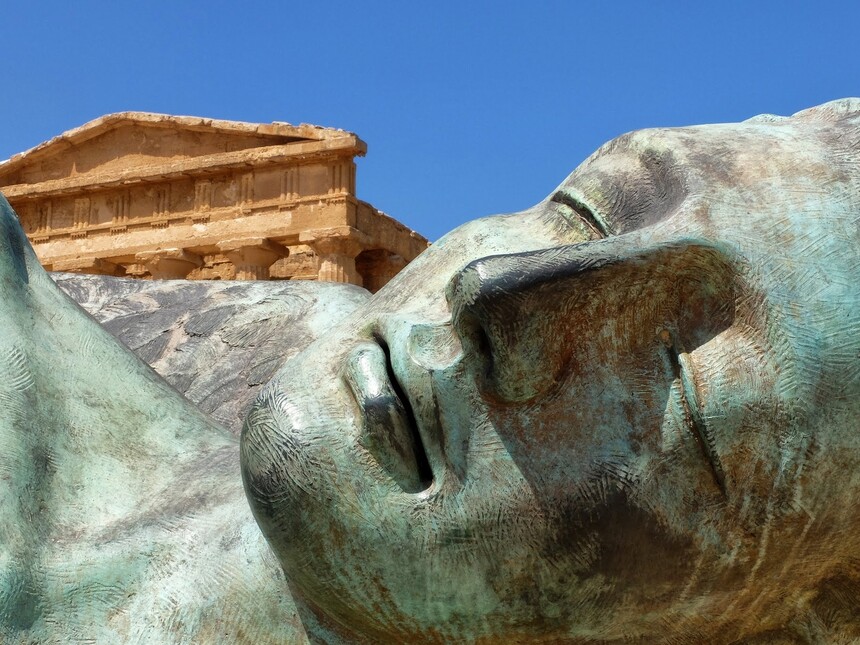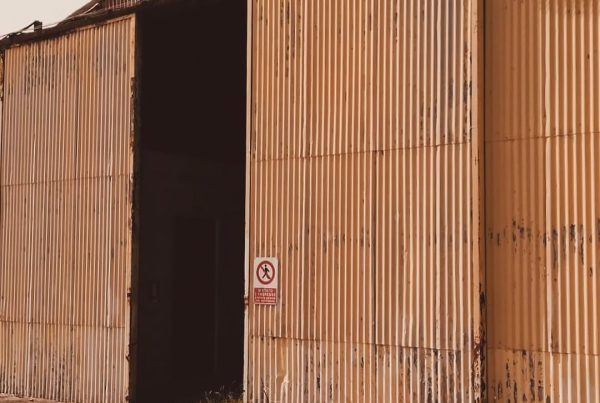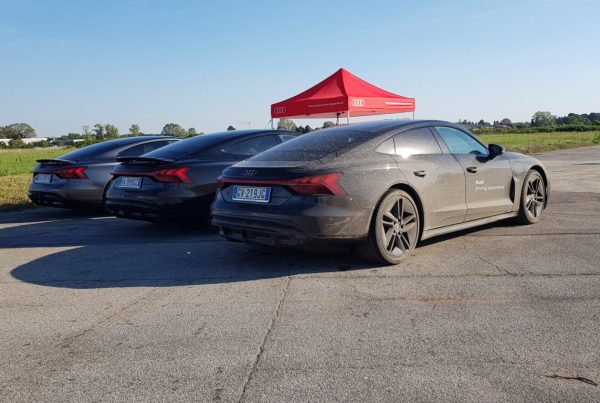The cultural impact of sculptures in public places: the case of Icarus at Padua Airport
Sculptures in public places are not just works of art but symbols that speak to the local community and travellers, creating a significant cultural impact. Art in public spaces, particularly installations and sculptures (or Land Art more generally understood), does contribute to the enhancement of the urban context and the strengthening of local identity. They create emotional connections, stimulate reflection and enrich the urban or natural landscape in which they are placed. A significant example of this interaction between art and public space is Icarus, Sergio Rodella's permanent sculpture installed at the Allegri airport Terminal hall in Padua.
The symbolic value
In Greek mythology, the figure of Icarus represents human aspiration to fly, the tension between ambition and limitation. In an airport context this symbol takes on an even stronger meaning: it becomes a tribute to the desire to explore, to the freedom of travel, but also to the awareness of the risks and responsibilities associated with flight. Rodella’s choice to represent this mythological figure in an environment dedicated to aviation makes the work particularly evocative.
Icarus installation at the Padua airport is an example of how art can enrich a public space, creating connections between the place, its function and those who pass through it. Padua and art are intertwined in a dialogue that enhances cultural heritage and makes it an integral part of everyday urban life. Sculptures in public places not only embellish but also stimulate thought, making spaces more human and meaningful. Then, art is not just an aesthetic element but a powerful tool of narrative and cultural identity, capable of marking the hearts of travelers and the local community.





